Innovation in mental health diagnostics
The new approach to mental health problems focuses on patterns
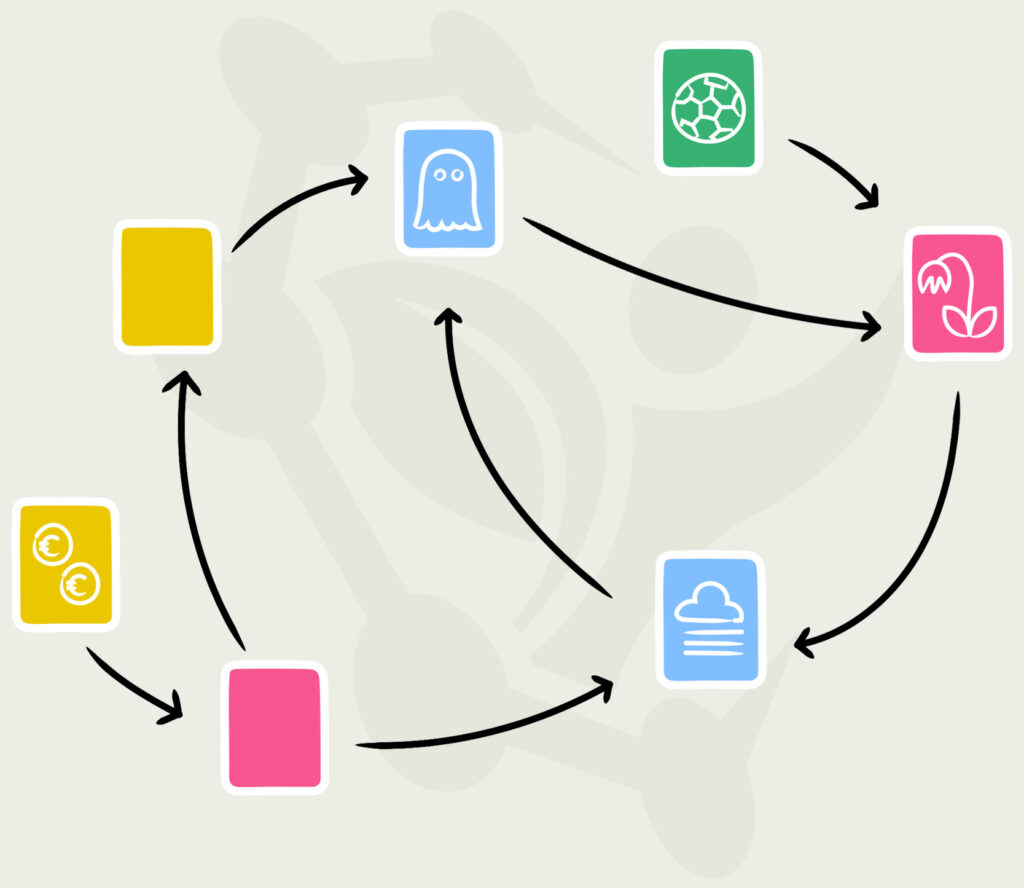
What we do
The Patterns of Life project examines how diagnostics can be improved at the front door of mental healthcare. Currently, DSM classifications continue to play an important role in routine diagnostic assessments, despite their known drawbacks. For instance, these classifications can place too much emphasis on the individual and often lead to stigmatization. In the Patterns of Life project, we are developing a new diagnostic approach that pays more attention to the (bio-psycho-social-cultural) context and complexity of mental health problems.
An important underlying idea is that clients not only have a collection of complaints, but rather become stuck in persistent patterns of symptoms, circumstances, and personal style. This perspective emphasizes the complex interactions within people, between people, and between people and their environment, which aligns with recent insights from network theory. These patterns form self-sustaining, complex-dynamic systems.
We want to study these patterns to learn how treatment can be used to disrupt them. Additionally, this approach can contribute to improved collaboration with the social domain and clients’ informal networks. We also want to investigate how to strengthen client agency. Therefore, we are not only concerned with new ways to conceptualize mental health problems, but also with exploring how to reshape the relationship between the client and practitioner.
Patterndiagnostics
In the Patterns of Life project, we are developing the pattern diagnostic approach. This blended e-health procedure allows people seeking help and their care providers to co-create an optimal understanding of the mental health problem in question. Through three diagnostic sessions, we collaborate with clients to explore how they became stuck in their current patterns, what keeps these patterns in place, and what pathways exist to break them. We believe that investing more time at the start of treatment leads to better outcomes. By doing so, we create a deeper, shared understanding of each person's difficulties and their unique story. This thorough foundation gives people seeking help greater control over their own care journey. Working closely with clients and their support networks, we can then provide care that truly fits their needs.
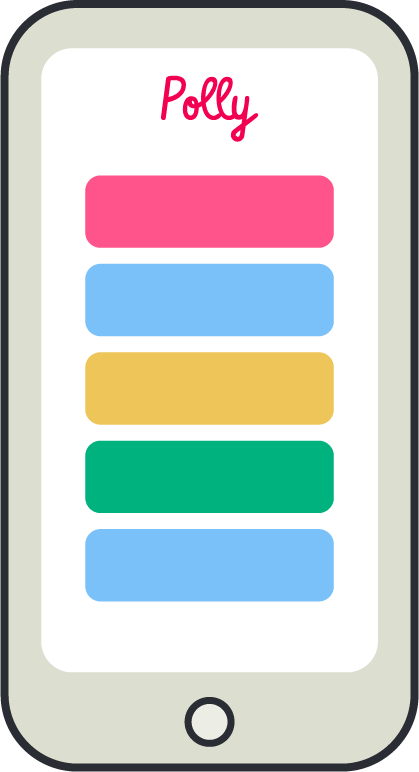
Polly App
Clients use the Polly App throughout the diagnostic procedure, a digital application we have developed. To prepare for the first session, Polly allows clients to tell their personal story. Through guided steps, they describe their life history, present circumstances, and what led them to reach out for support.
To prepare for the second session, clients identify building blocks that reveal important aspects of their situation. These might be difficult emotions they are experiencing, like ongoing sadness or excessive worrying. Building blocks can also include important external influences, such as financial problems or relationship conflicts. During the second session, clients and professionals use the identified building blocks in the Pattern Explorer to build a pattern that represents the mental health problem.
Clients prepare for the third session using the 'looking forward' module of the Polly App. This module helps the individual to reflect on what matters to them, what goals they want to pursue, and what support they will need to get there. During the session, the client and the care professional work together to develop a personalized recovery plan based on these reflections.
Patterns of Life List (POLL)
In Polly, clients are also invited to complete a detailed questionnaire. The questions use B1-level language, making them easy for a wide audience to understand. The responses help us identify important building blocks that might otherwise go unnoticed. By analyzing the results, we can also see how people's scores on various subjects compare to others. Over time, a growing collection of data could reveal which types of problems or symptoms often appear together. The answers can lead to suggestions, such as 'You scored highly on this topic, could this be something relevant for you as well?' In this way, the algorithm could figuratively join the conversation and work together with both the client and the healthcare professional. This collaborative approach helps develop hypotheses during the diagnostic process.
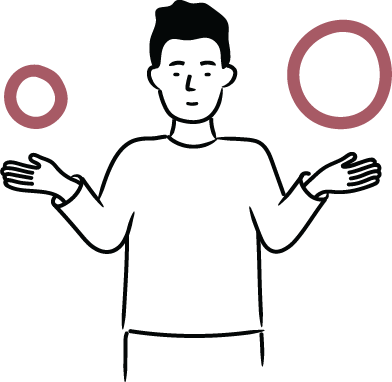
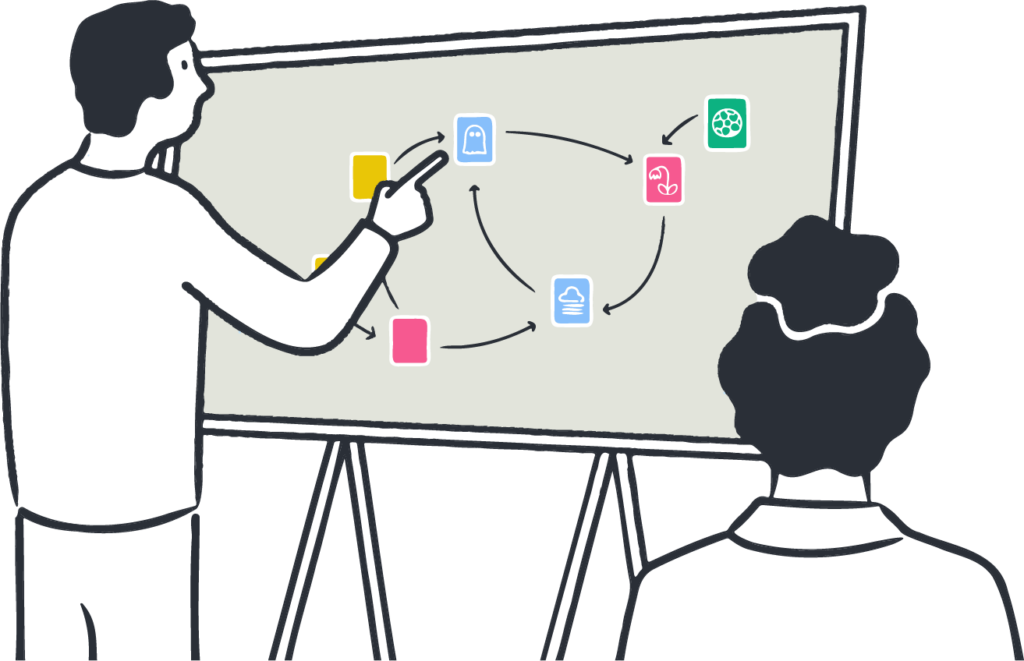
Pattern Explorer
With the Pattern Explorer, we work together with the client to look at the connections between the building blocks and actively search for vicious circles that make the problem "complex" and maintain it. This makes it possible to differentiate complicated problems from less complicated ones, make better prognostic predictions, and provide appropriate care. The end result of this procedure is a comprehensive picture (the "case conceptualization") with a corresponding treatment or referral recommendation.
Recoveryplan
We conclude patterndiagnostics with a recovery plan. The recovery plan consolidates the client's story, the building blocks, patterns, and recovery goals into a clear document that helps the client and providers in the recovery process. Since this document is also linked to the electronic health record (EHR), it will save the provider administrative time.
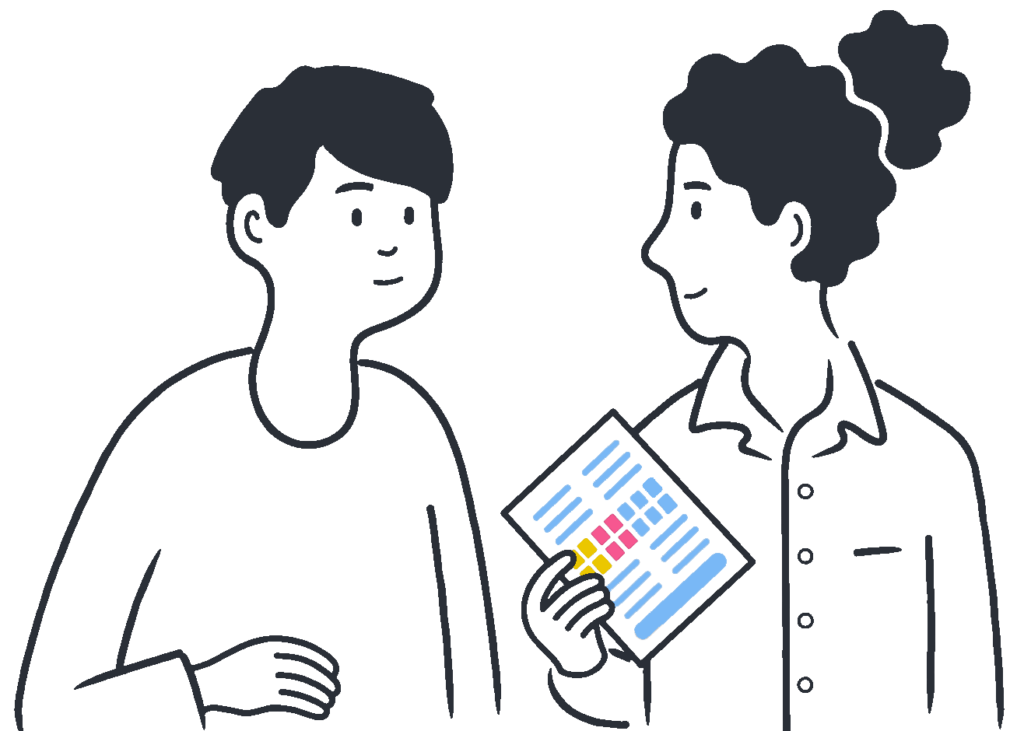
The Patterns of Life Team
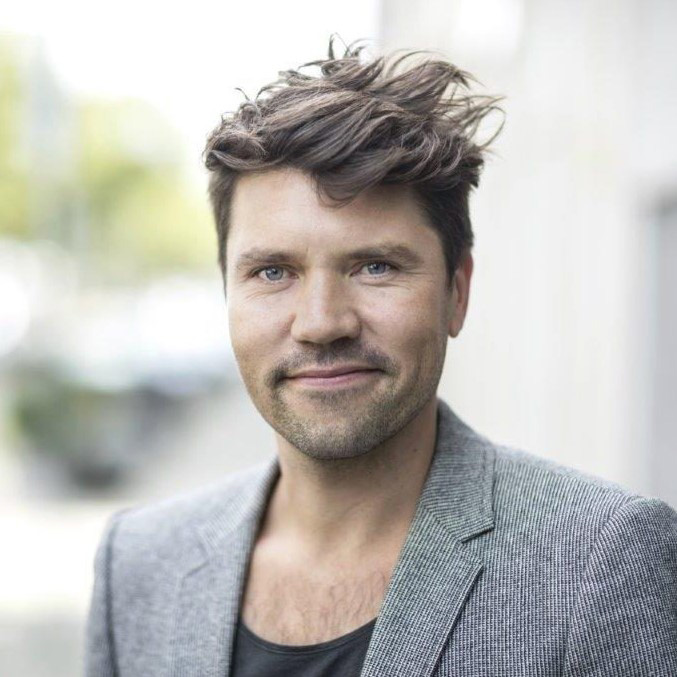
David van den berg

Rutger Goekoop
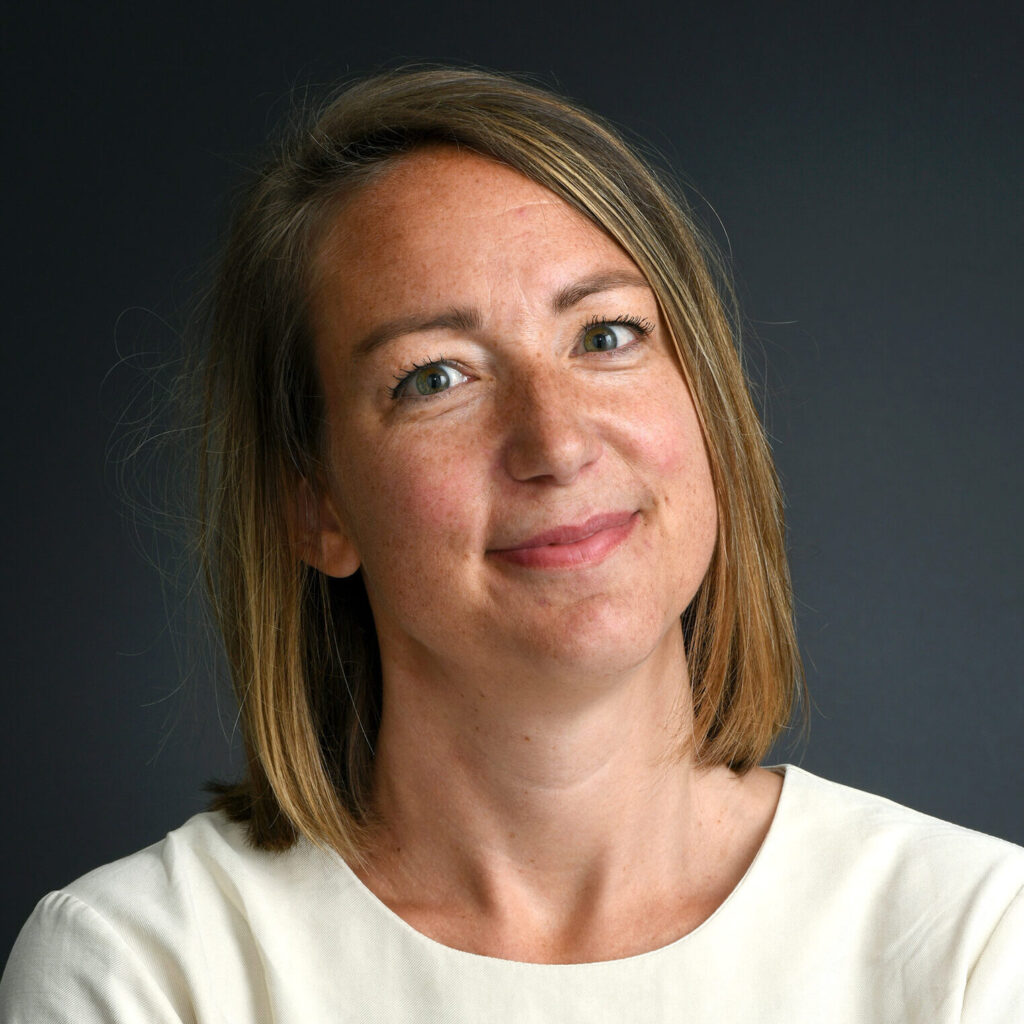
Marloes Verhaar

Gerrit Glas

Sander Voerman

Femke de Boer

Annemarie Mulder

Jim Driessen

Fabiënne Ogier
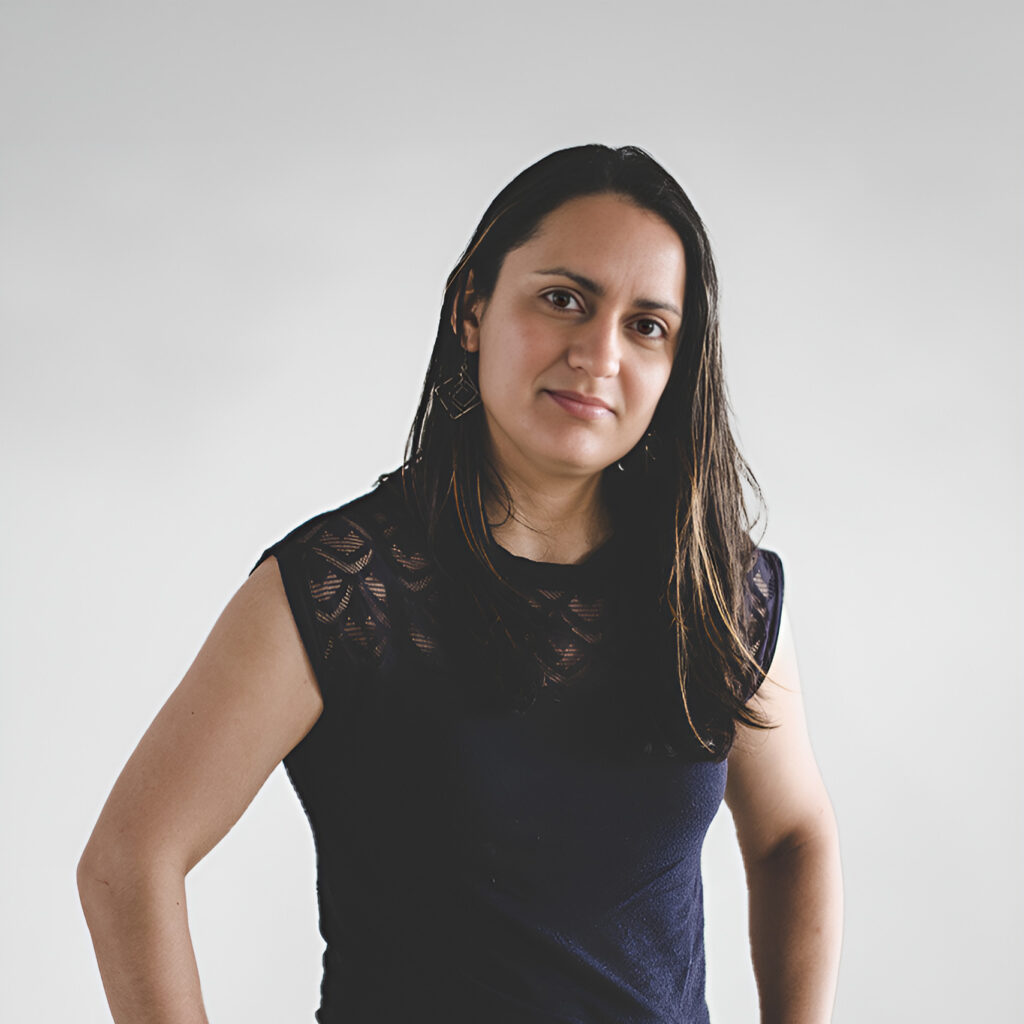
Jessica Bran

Eddo Velders
